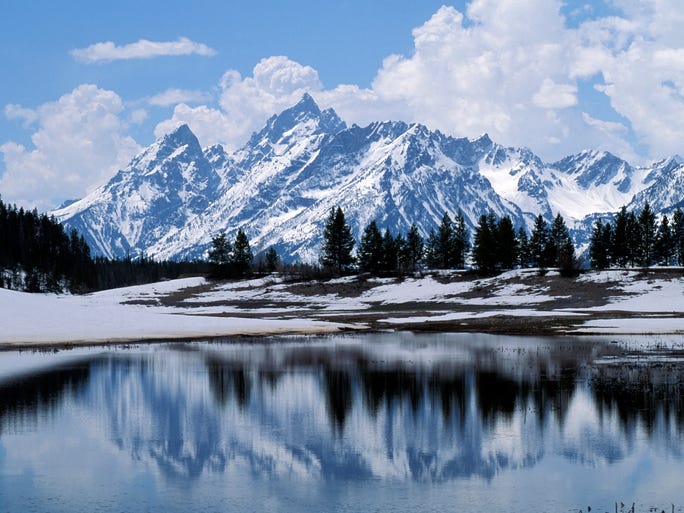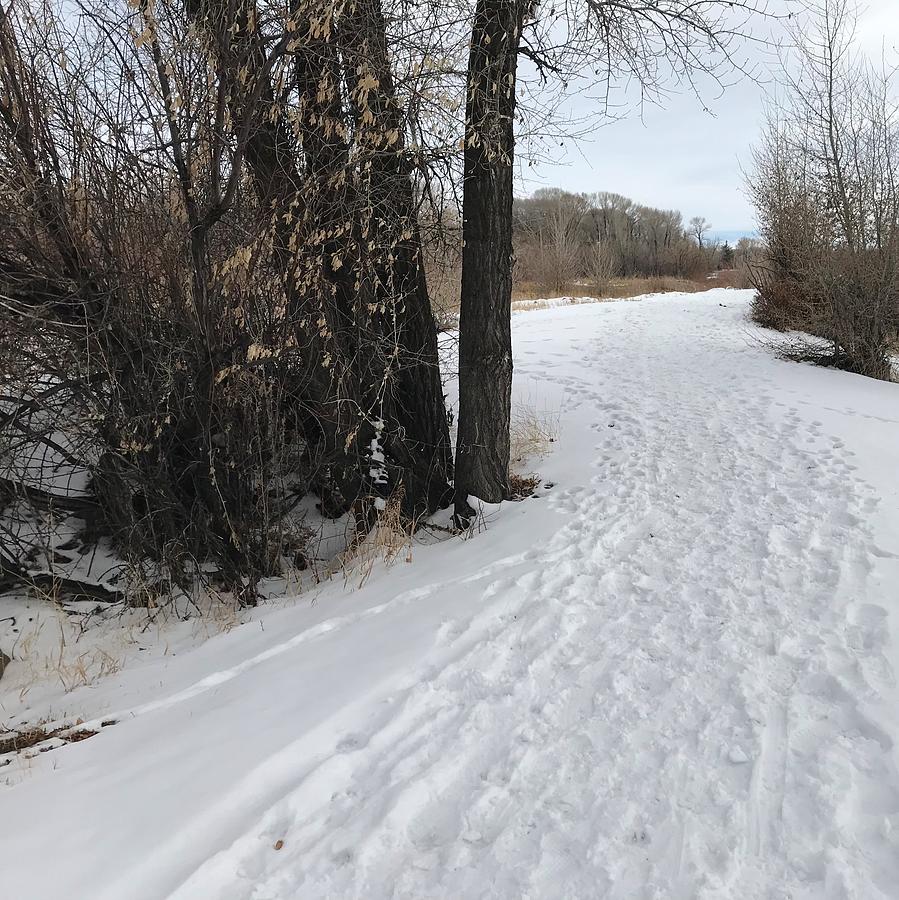

However, blowing snow can severly reduce visibility.In January, generally the coldest month, minimum temperatures range mostly from 5☏ to 10☏. Many of the cold waves are not accompanied by enough snow to cause severe conditions. The cold air as it slides eastward over the plains. Sometimes only the northeast part of the state is affected by The majority of cold waves move southward Than half that number for any one location in Wyoming. Usually there are up to 10 cold waves that hit the state but frequently less In the wintertime, it is characteristic to have rapid and frequent changes between mild andĬold spells. Of the summer in the 30s and 40s with occasional drops to below freezing. Of course the mountains and high valleys are much cooler with average lows in the middle For most placesĪway from the mountains the mean minimum temperature in July ranges from 50☏ to 60☏. Invariably cool even though daytime readings may be quite high at times.

The 9,000 foot level have average maximums in July close to 70☏. With increasing elevation,Īverage values drop rapidly (5.5☏ per 1,000 feet). Maximum temperatures in July range between 85☏ and 95☏. TheĪverage maximum temperature at Basin in July is 92☏.

Recorded temperature is 116☏ on Jat Bitter Creek in Sweetwater County. The lower elevations of the central and northeast, and along the eastern border. The warmest parts of the state are the lower portions of the Bighorn Basin, Above the 6,000 foot level, the temperature rarelyĮxceeds 100&def F. Because of its elevation, Wyoming has a relatively cool climate ranks 41 st in the US withĪn annual average of 45.6☏ (Figure 3.1).


 0 kommentar(er)
0 kommentar(er)
